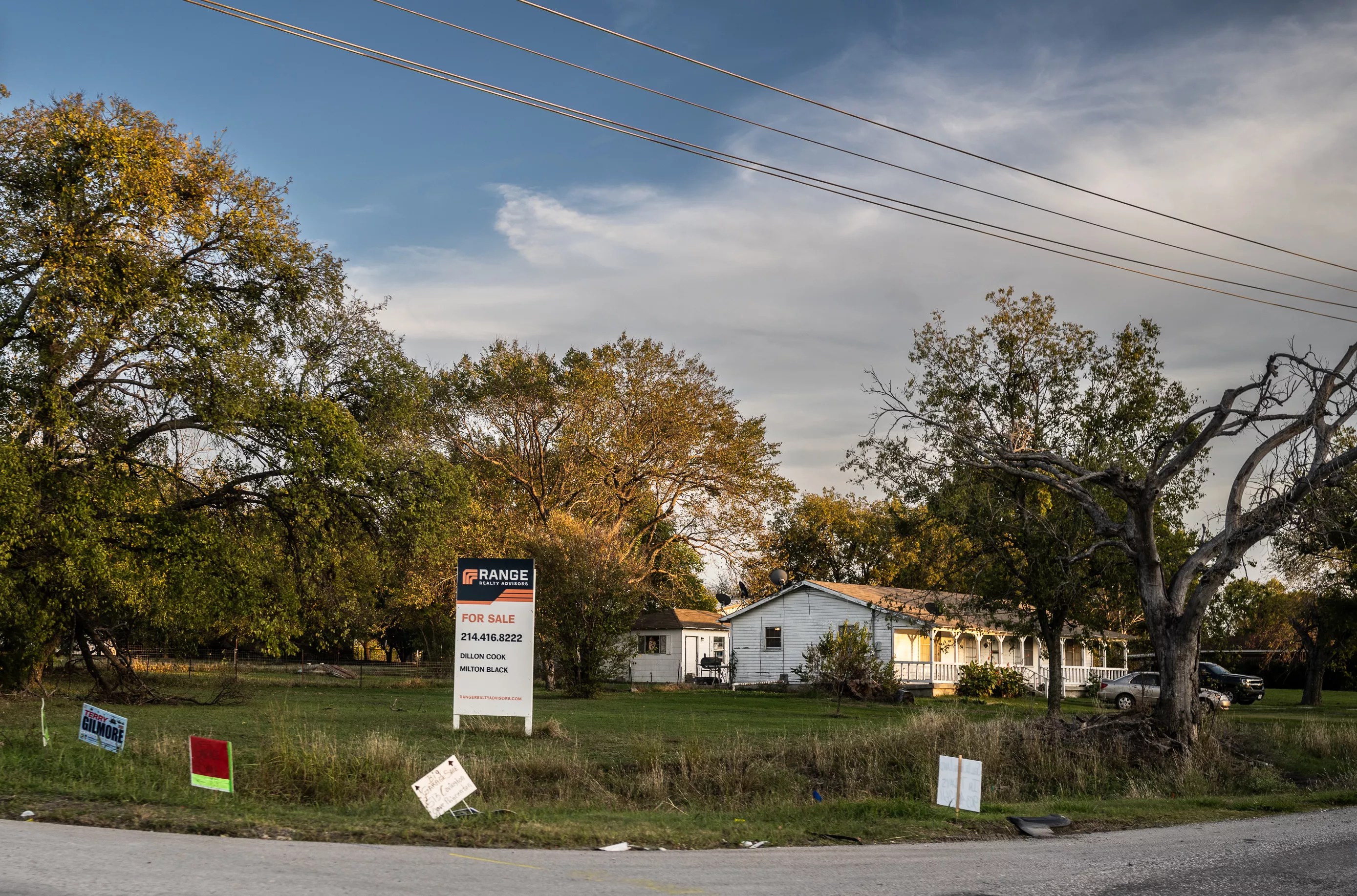
Mike Brooks

Audio By Carbonatix
Last year we brought you the story of Princeton, a small town in Northern Collin County that is becoming less small by the day.
Residents told us about the impact that a population boom has on a town’s infrastructure, like water availability, road congestion, first responder response times and school class sizes. In an attempt to buy the town some time, the Princeton City Council approved a 120-day moratorium on residential property permits to slow development. The moratorium was set to expire this January, but was extended through mid-July of this year.
The whole situation sounded less than ideal, and newly released U.S. Census data suggests the problem has probably only gotten worse since we last checked in on not-so-little Princeton.
The latest census report names Princeton the fastest-growing city in the United States. Between July 2023 and July 2024, the town recorded a 30.6% population growth, jumping from just over 28,000 residents to 37,000.
When news happens, Dallas Observer is there —
Your support strengthens our coverage.
We’re aiming to raise $30,000 by December 31, so we can continue covering what matters most to you. If the Dallas Observer matters to you, please take action and contribute today, so when news happens, our reporters can be there.
Four other North Texas municipalities made the list of the top 15 fastest-growing cities in the U.S.: in fourth and fifth places, respectively, are Collin County’s Celina and Anna. Celina recorded an 18.2% population growth over the last year, while Anna saw 14.6% more people move into town. Fate, Texas, located just East of Rockwall, claimed the eighth place spot with an 11.4% population growth, and Collin County’s Melissa came in at 11th with a flat 10% growth rate.
That data aligns with what David Garcia, policy director with the housing policy group Up For Growth, told us about Texas’ growth late last year.
“What we found in most Texas cities was that most of the growth was happening on the suburban and exurban fringes,” Garcia said.
That comes at a cost, he added. It isn’t cheap or fast to build up the roads and sewer and utility lines required by “these far-flung places.” This is why Princeton residents currently find themselves sitting on Highway 380 for the better part of their evenings during rush hour when trying to travel only a few miles.
Despite all this talk of the Dallas-area population boom, Dallas itself hasn’t seen the significant growth its exurban neighbors have recorded. Holding steady with just over 1.3 million residents, Dallas saw a population increase of less than 1% last year.
On the other hand, Fort Worth is closing in on the gap that has long relegated Cowtown to Dallas’ “Little Brother”. The city’s population surpassed one million in 2024, making North Texas the only region in the United States where multiple cities are home to more than one million residents. Dallas still has a little more than 300,000 residents on Fort Worth, but if our Western neighbor suddenly decides to swallow up Arlington, we’ll be bested.